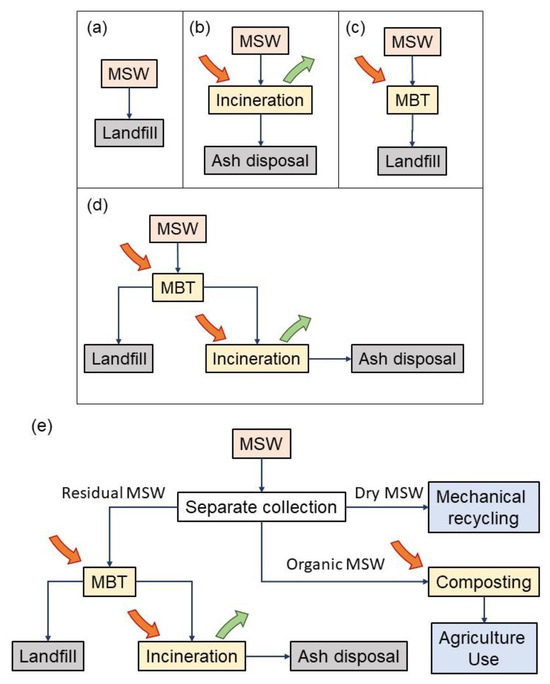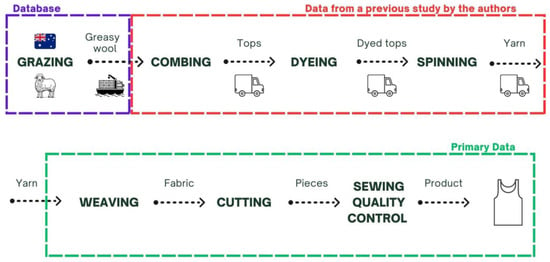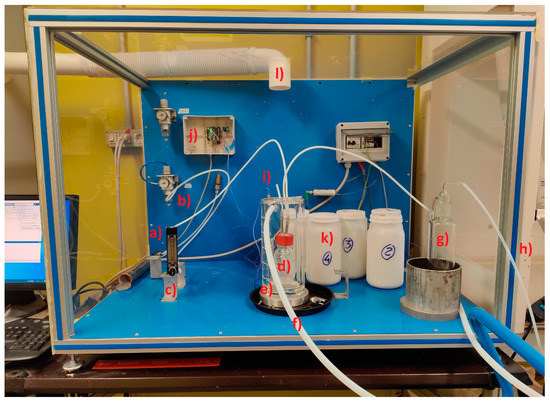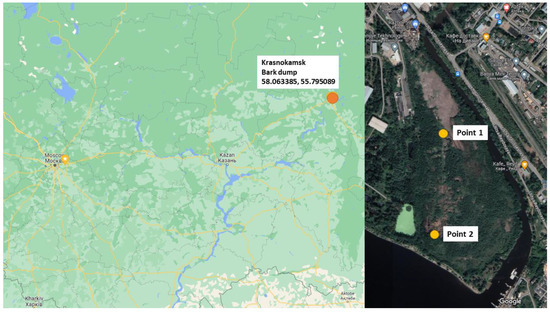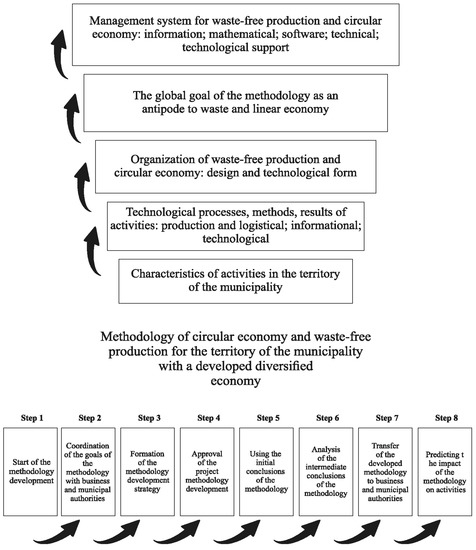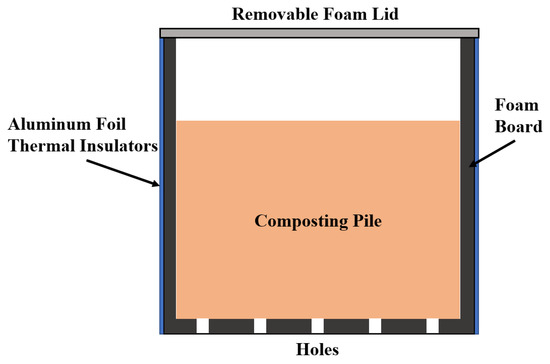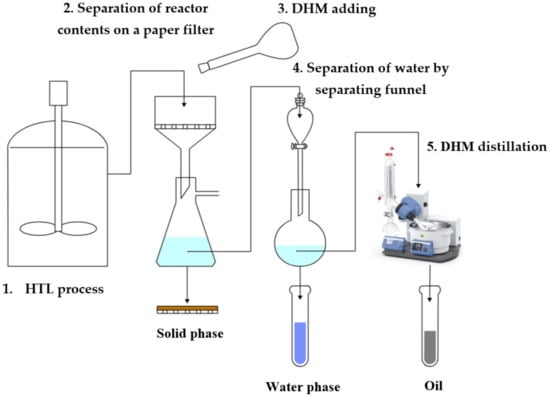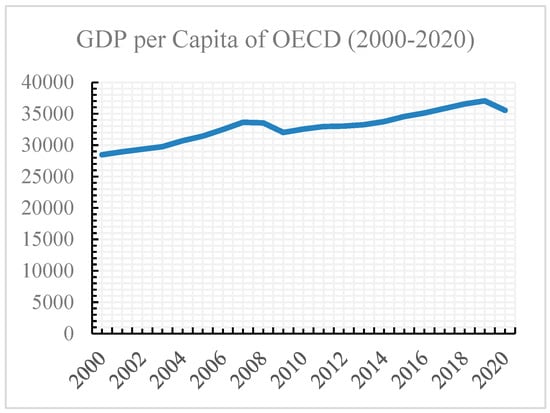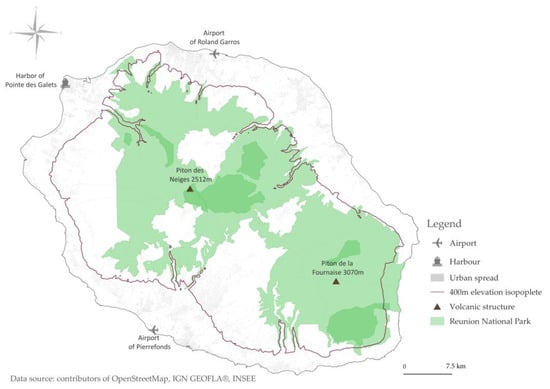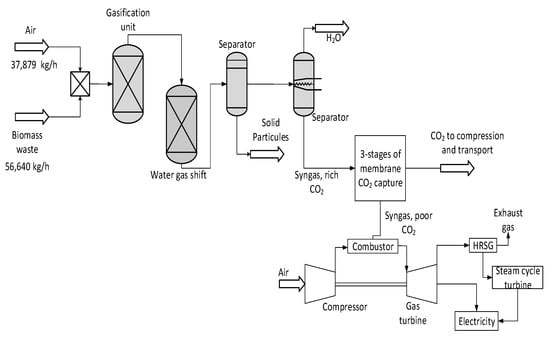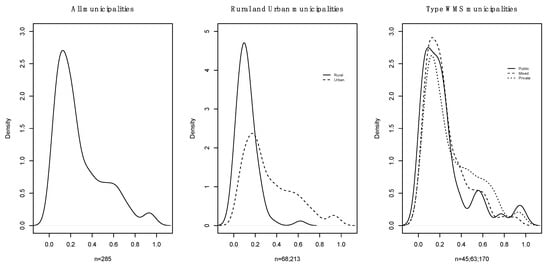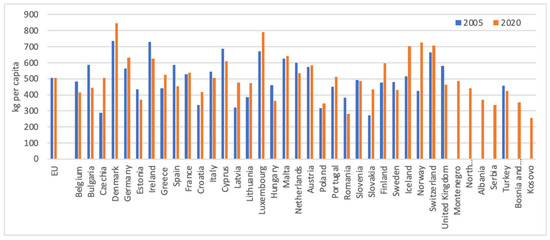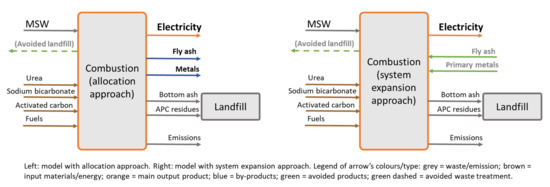Municipal Solid Waste Management and Environmental Sustainability
A topical collection in Sustainability (ISSN 2071-1050).
Viewed by 32741Editors
Interests: environmental sustainability; emissions; impact; health; optimisation; treatment
Special Issues, Collections and Topics in MDPI journals
Interests: environmental sustainability; energy efficiency; environmental management; motor fuels; petroleum refining
Special Issues, Collections and Topics in MDPI journals
Topical Collection Information
Dear Colleagues,
In recent years, municipal solid waste (MSW) management has been subject to significant discussion and transformations owing to the growing attention paid to the concept of environmental sustainability all over the world. Today, all the new projects and proposals in the sector of MSW management must take into account the principles of environmental sustainability and be in agreement with circular economy perspectives. The trend is towards a deeper analysis of the sector, as demonstrated by the introduction of the 9R criteria (responsibility, react, reduce, reuse, redesign, repair, recover, recycle and rot) in place of the original 3Rs and by a more detailed characterisation of the involved streams of materials.
The reimagining of MSW management necessitates the formation of specific competences in the professionals involved, which calls for a rapid reaction of educational institutions.
The COVID-19 pandemic has created specific challenges to MSW, and new practices and solutions should be addressed, which also require political decisions.
This Special Issue on MSW and Environmental Sustainability will take into account the need to guarantee economic and social sustainability through an integrated approach. Reviews and case studies are also welcome.
All papers will undergo blind review. The reviewers will be selected among researchers active in the field as demonstrated by the presence of their work in international databases.
In the framework described above, this Special Issue invites authors to contribute in the following fields, all in the sector of MSW (keywords):
- The quali-quantitative characterisation of MSW;
- Strategies for the sustainable management of MSW;
- Environmental sustainability indicators;
- Lifecycle assessment and risk analysis;
- Business models for the circular economy and sustainability;
- Green economy and MSW;
- The health impact of MSW management;
- The environmental impact of MSW management;
- MSW management during the COVID-19 pandemic;
- Education for MSW management.
Prof. Dr. Marco Ragazzi
Prof. Dr. Elena Magaril
Collection Editors
Manuscript Submission Information
Manuscripts should be submitted online at www.mdpi.com by registering and logging in to this website. Once you are registered, click here to go to the submission form. Manuscripts can be submitted until the deadline. All submissions that pass pre-check are peer-reviewed. Accepted papers will be published continuously in the journal (as soon as accepted) and will be listed together on the collection website. Research articles, review articles as well as short communications are invited. For planned papers, a title and short abstract (about 100 words) can be sent to the Editorial Office for announcement on this website.
Submitted manuscripts should not have been published previously, nor be under consideration for publication elsewhere (except conference proceedings papers). All manuscripts are thoroughly refereed through a single-blind peer-review process. A guide for authors and other relevant information for submission of manuscripts is available on the Instructions for Authors page. Sustainability is an international peer-reviewed open access semimonthly journal published by MDPI.
Please visit the Instructions for Authors page before submitting a manuscript. The Article Processing Charge (APC) for publication in this open access journal is 2400 CHF (Swiss Francs). Submitted papers should be well formatted and use good English. Authors may use MDPI's English editing service prior to publication or during author revisions.






